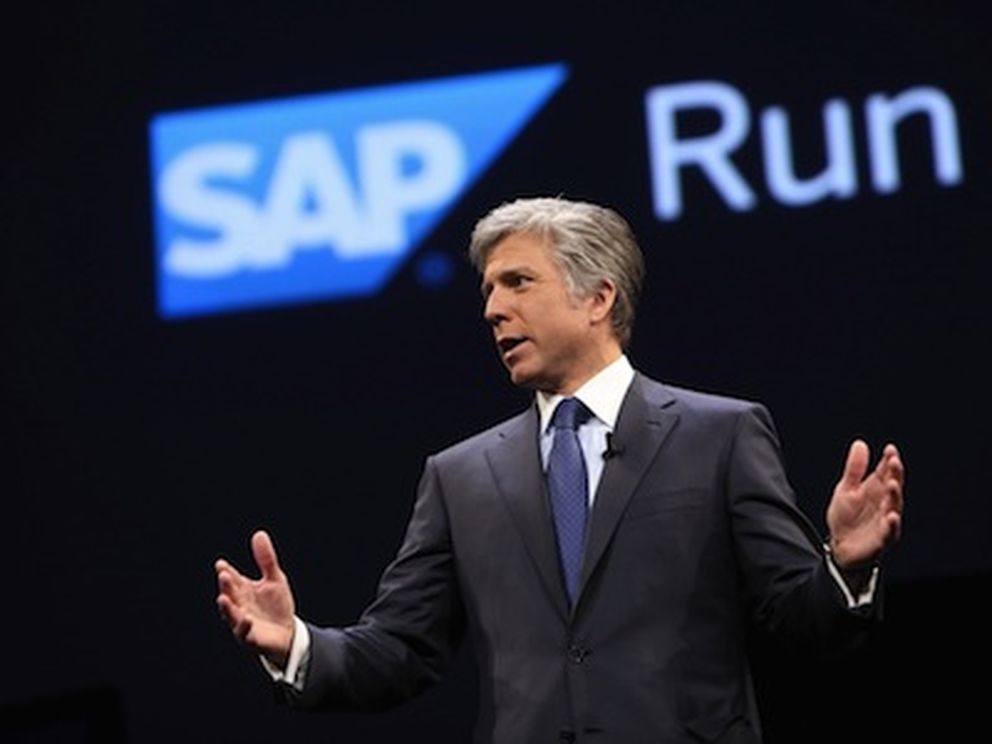
SAP will take a restructuring charge of up to $1 billion amid slowing growth in the company's cloud services bookings, and some targeted challenges elsewhere in the business. The big question mark: Is this just a software company in transition, or is the restructuring charge a sign of larger economic challenges facing the overall enterprise software, cloud and technology industries?
The restructuring will trigger roughly 4,400 staff departures from SAP, the company indicated. Layoffs? Not exactly. Instead, the company will promote early retirement packages. Some staff reassignments should also be expected.
So is SAP in cost-cutting mode? The company dismisses such claims. "This is not a cost-cutting move. We are a growth company,” SAP CEO Bill McDermott told Reuters.
Striving to reinforce that point, SAP's latest quarterly report emphasized growth, growth and more growth across multiple sectors.
SAP: Still Growing, But...
Yes, SAP certainly is growing. The company's overall head count is expected to exceed 100,000 by the end of 2019, up from 96,500 at the close of 2018, Reuters notes. And the company's SME (small and midsize enterprise) partner push remains respected and appears strong. That partner effort will certainly grab a spotlight at the SAP Sapphire 2019 conference -- set for May.
The question is whether the company can maintain and/or accelerate its growth rate -- especially amid global challenges like slowing economic growth in China, Brexit controversy in the European Union, and an unpredictable political climate in the United States.
Among the areas Wall Street analysts are closely watching: SAP's cloud bookings -- which grew 23 percent in Q4, down from 37 percent in Q3, Reuters notes.
Amazon Web Services, Microsoft Azure, Office 365: Still Going Strong?
SAP's restructuring comes at a key time for the technology industry. Amazon, Microsoft, Apple and Facebook all are expected to announce their latest quarterly financial results this week. On the IT side, analysts will closely watch the latest cloud growth figures from Amazon Web Services, Microsoft Azure and Office 365.
The big picture looks reasonably good. Worldwide IT spending is protected to reach $3.76 trillion in 2019, up 3.2 percent from 2018, according to Gartner Inc. Much of the growth involves a shift from traditional enterprise software licenses and data center hardware toward SaaS-oriented cloud services.
The challenge: We are now more than a decade into the transition toward cloud workloads, and the market is filled with entrenched rivals, startups, and some customers who are worried about runaway cloud costs.
How late are we in the cloud game? Consider these factoids: CRM leader Salesforce launched way back in 1999 and IPOed back in 2004. Amazon Web Services launched in 2006. And Microsoft began beta testing Office 365 cloud services in 2010.
Fast forward to present day, and cloud-centric business valuations look downright frothy. Amazon's PE ratio is a lofty 93, Microsoft is 43 and Alphabet (parent of Google) stands at 40, according to Yahoo Finance as of January 29, 2019.
We'll be watching to see how those PE ratios and valuations hold up as earnings from many technology firms arrive in the hours and days ahead.




